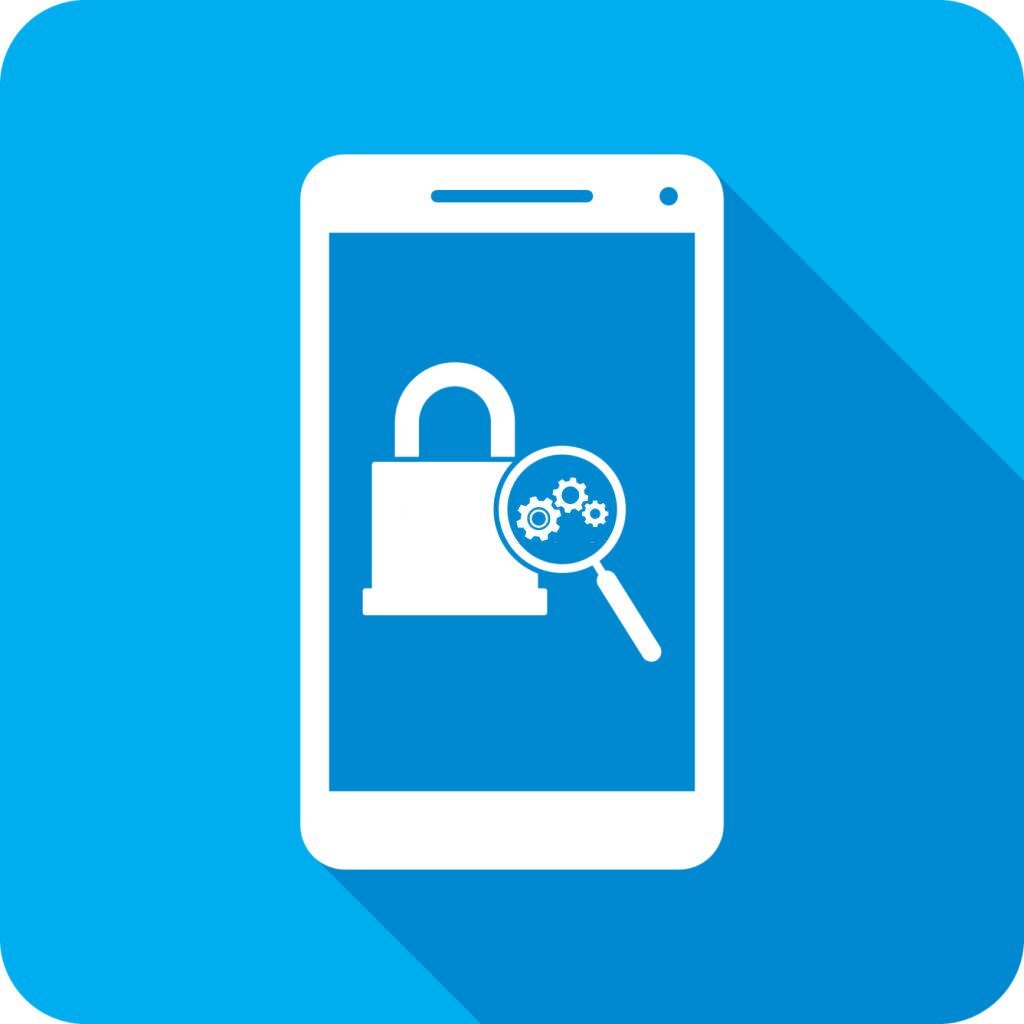Mobile app development frameworks have made it easier to get your desired app. With Flutter, a cross-platform, open-source framework, it is simple to create Android and iOS apps.
The ease of app and web development through Flutter has led to more businesses going online. Well, that is a good thing, right? Amm, kind of. Though doing online business is great and has numerous benefits, protecting your data online is becoming increasingly important.
What can you do as a Flutter developer to secure online data? The best way is to adopt secure coding practices in Flutter app development Services. What are these? Hang on! Ready to unravel these methods that would even make James Bond proud? Let's dive right in and uncover the secrets to boosting your app's security to the max.
Top Secure Coding Practices in Flutter App Development
To keep our Flutter-powered creations safe from cybercrime, we've got to step up our security game. This guide is all about showing you how to weave security into every bit of your app's DNA. Here are the best coding practices to make your app secure:
1. Code Obfuscation: The Cloak and Dagger Technique
Ever played a game of hide-and-seek with your code? That's what code obfuscation is all about. You make your code look like a puzzle that's hard to crack, but it still works like a charm. Why? To stop the bad guys from peeking into your secrets. When you obfuscate your code, it's like giving them a puzzle with missing pieces – super frustrating!
To get this magic going in your Flutter app, try tools like ProGuard or R8 for Android and the secret sauce in the App Store for iOS. They'll shake up your class names, methods, and variables, adding a touch of mystery that makes your app extra secure.
2. Secure Authentication: Your App's Bouncer
Think of authentication as your app's bouncer. It's the one making sure only the right people get in. And you know what that means – no party crashers allowed! To be a top-notch bouncer, use strong authentication methods. Stuff like OAuth 2.0 and OpenID Connect are like your VIP list, making sure only the cool folks get past the velvet ropes.
By the way, if you're thinking of hiding passwords or secret keys in your code, just don't. It's like leaving your keys in the ignition. Instead, use hidden spots like environment variables or secure storage. You'll keep your secrets safe from prying eyes.
3. Input Validation: The Gatekeeper for Your App's Heart
Do you know how a vigilant gatekeeper checks IDs at the entrance? That's what input validation does for your app. It looks at what users type in and says, "Hold on, that doesn't look right." This is key to stopping sneaky attacks like injecting bad stuff into your app. So, before you use any user input, make sure it's clean and tidy.
4. Secure Data Storage: Locking Up Your Secrets
Imagine you have a secret treasure map. You wouldn't leave it lying around, right? The same goes for sensitive data in your Flutter app. Whether it's user preferences or top-secret tokens, make sure you store them safe and sound. Flutter's got your back with its "flutter_secure_storage" plugin – it's like your app's vault, keeping things encrypted and secure.
5. Network Security: Sending Secrets Safely
It's like sending secret messages in code – only you're sending data between your app and a server. To make sure no one reads those messages, use HTTPS. It's like putting your messages in a locked box. And remember, avoid self-signed certificates. Go for certificate pinning to make sure you're talking to the real deal.
Also, on the server side, do some serious fact-checking with input validation and cleaning. You're basically ensuring that only good stuff gets through – like a filter for your app's communication.
6. Regular Updates and Patch Magic
Imagine you have a garden, and pests keep popping up. What do you do? You take care of them, right? The same goes for your app's security. Stay sharp, keep an eye out for security updates, and patch up any weak spots pronto. It's like keeping your app's walls strong and unbreakable.
7. Third-Party Library Adventure
Adding third-party stuff to your app is like inviting guests to your party. You want them to be cool, not troublemakers. So, before you let them in, give them a background check. Make sure they're well-behaved and trustworthy. Regularly updating them is like keeping your party safe from gatecrashers.
8. Team Up for Security Testing
Consider security testing as a team effort. You and some security experts are on a mission to find your app's weak points. It's like having extra eyes to spot any trouble. Use tools that scan your code for security issues – they're like your app's personal detectives, always on the lookout for potential problems.
Conclusion: Building Trust, One Secure App at a Time
Mobile apps have changed the world, and security has become a necessity. By following these secure coding tips, you're not just building apps; you're creating safe havens for user data. So go ahead, weave that security magic into your Flutter apps and watch them shine as beacons of trust and reliability. Happy coding!


No comments yet